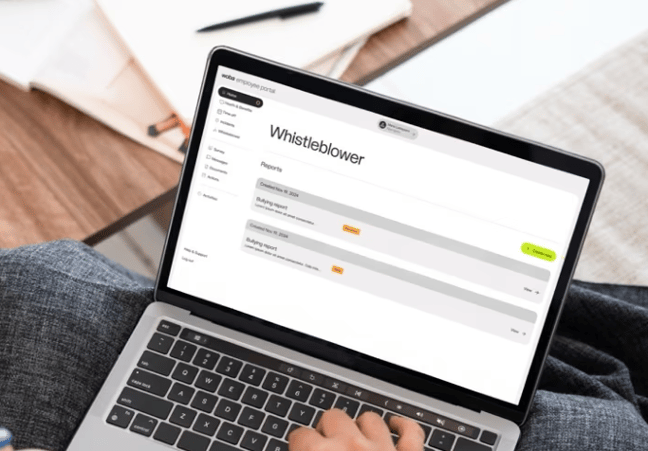Get started with the Whistleblower module
A guide to managing Woba's Whistleblower module

Note: If the module has not been activated, please contact Woba support.
Before you start: It is important that all employees covered by the Whistleblower scheme are uploaded in Woba. These are the same steps as when using the rest of Woba's platform.

1. Designate a whistleblower entity.
Appoint one or more entities to receive and process the reports.
It should be an impartial entity and independent of the workplace's management. This could be an employee from compliance or HR, a legal advisor, etc.
2. Inform employees about the whistleblower scheme.
The workplace is obligated to make the whistleblower scheme visible and ensure that everyone is thoroughly informed on how to use it.
3. Formulation of the whistleblower scheme
The whistleblower entities is responsible for handling various tasks related to processing the received reports.
All of the above takes place within Woba's administration module and includes:
- Receiving reports
- Confirming receipt and storage
- Following up on reports
- Providing feedback to the reporter.
4. Registration and storage of reports.
Within 7 days, the reporter should be informed that their report has been received by the entity. This also happens through the Woba administration module.
Additionally, the reporter should have the opportunity to review the report and make corrections before accepting its validity.
5. How are reports followed up on?
The Whistleblower units should carefully follow up on all reports. This can be done, for example, by initiating internal investigations, informing the management, filing a report with the police or other relevant authorities. Follow-up can also involve closing the case if there is insufficient evidence.
When a decision has been made, it is also essential to inform the reporter that action has been taken on their report. How much information can be shared depends on the situation, as data protection laws must always be considered.
Remember: It is essential that the whistleblower unit thoroughly familiarizes themselves with the rights of both reporters and the individuals involved in any given case.
In any case, the reporter will be covered by the following rights: the right to anonymity and confidentiality. Additionally, they must not be impeded in their actions, nor should they face retaliation.
